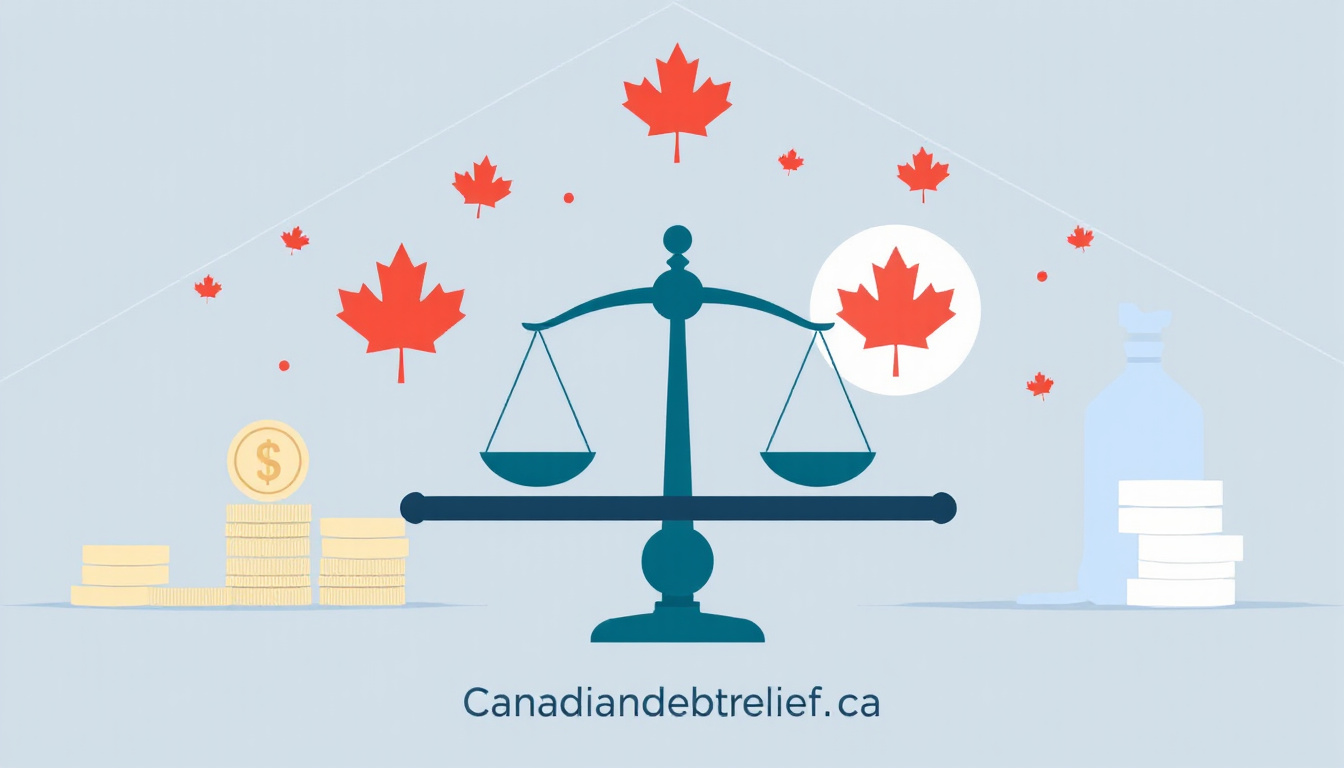As of 2023, the Canadian savings vs debt ratio stands at approximately 12%. This statistic highlights a crucial aspect of financial health for Canadians, illustrating just how much savings individuals have relative to their accumulated debt. With the rising costs of living and increasing debt loads, understanding this ratio is essential for navigating financial challenges.
Current trends indicate that while Canadians are saving more, their debt levels have also been escalating. According to Statistics Canada, total household debt reached $2.6 trillion in 2022, further complicating the savings vs debt dynamic.
The savings vs debt ratio has significant implications for financial well-being. A low ratio could suggest potential financial instability, over-reliance on credit, and hindered ability to cover emergencies. To combat such issues, it’s vital for Canadians to adopt effective strategies for enhancing savings and scaling back debt. By focusing on budgeting, cutting unnecessary expenses, and prioritizing debt repayment, Canadians can work towards achieving a healthier financial balance.

Key Takeaways
- The Canadian savings vs debt ratio is a crucial indicator of personal financial health.
- As of recent trends, many Canadians struggle with high levels of debt compared to their savings.
- A high savings vs debt ratio generally correlates with better financial stability and resilience.
- Practical strategies for Canadians include budgeting, reducing expenses, and prioritizing savings.
- Improving this ratio can lead to lower stress and greater financial freedom for individuals and families.
Introduction to the Canadian Savings vs Debt Ratio
In 2023, the Canadian savings vs debt ratio has reached a concerning low, with Canadian households, on average, saving only
4.9% of their disposable income, compared to a staggering 169% in debt. This stark contrast highlights the financial strain many Canadians are facing, particularly as interest rates rise and living costs increase. According to Statistics Canada, the ratio of savings to indebtedness has continued to trend downward over the past few years, indicating that while Canadians are saving less, they are relying more heavily on credit to manage everyday expenses. Understanding this ratio is crucial for assessing overall financial health in Canada, as it underscores the need for effective debt management strategies.
Current Trends in Canadian Savings and Debt
As of 2023, the Canadian savings vs debt ratio stands at approximately 15%, meaning for every dollar of debt, Canadians have 15 cents in savings. This ratio is a crucial indicator of financial health across the country, reflecting how well Canadians manage their debt in relation to their savings. According to data from Statistics Canada, while many households have prioritized saving, researchers have noted an uptick in debt levels, particularly consumer debt, which suggests that financial resilience may be at risk. Furthermore, the Bank of Canada indicates that total household debt reached a staggering $2.3 trillion at the end of 2022, overshadowing the savings rate and raising concerns about long-term financial stability. Understanding the dynamics of the Canadian savings vs debt ratio is vital for policymakers, financial advisors, and individuals striving for better financial literacy and health.
‘It’s not about how much money you make, but how much you keep, and how hard it works for you.’ – Robert Kiyosaki

Impact of the Savings vs Debt Ratio on Financial Health
The Canadian savings vs debt ratio is a critical measure of financial health, with recent statistics indicating that as of 2023, the average savings rate among Canadians stands at approximately
6.1%, while outstanding household debt has reached around $2.33 trillion. This creates a concerning savings to debt ratio of roughly
0.026, suggesting that for every dollar saved, Canadians owe nearly $38.50 in debt. This alarming discrepancy reflects broader economic challenges, including increased costs of living and rising interest rates. According to Statistics Canada, these ratios are essential in assessing both individual financial stability and national economic resilience. As more Canadians grapple with debt, understanding the implications of their savings versus debt ratio becomes increasingly vital for informed financial decision-making.
Strategies for Improving Savings and Reducing Debt in Canada
As of 2023, the Canadian savings versus debt ratio stands at approximately 1:1, meaning that for every dollar saved, Canadians owe a dollar in debt. This ratio highlights a concerning balance that many households face, as rising inflation and increased interest rates pressure both savings and debt levels. According to Statistics Canada, the average household debt-to-income ratio was around 175% in 2021, indicating that Canadians are increasingly reliant on credit. To navigate these financial challenges, consumers can adopt several strategies to improve their savings and reduce their debt: prioritizing a budget to track spending, building an emergency fund to serve as a financial buffer, and utilizing debt repayment strategies such as the snowball or avalanche methods to tackle high-interest debts first. With a clear plan and commitment, Canadians can shift their savings vs. debt ratio towards a more favorable direction, thus enhancing financial stability.
